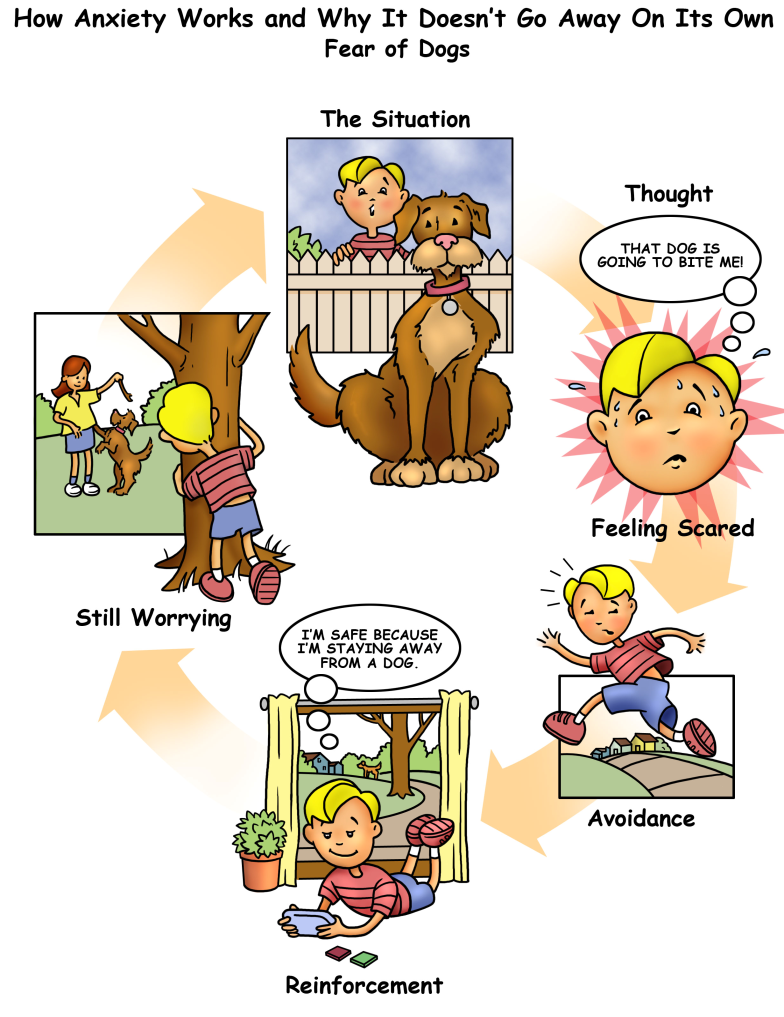Exposure Therapy: Helping Your Child Overcome Anxiety Disorders through Facing Fears
Anxiety is a normal, adaptive emotion that motivates us to prepare for future threats. For some, it occurs too frequently, more intensely than what is called for by the situation, and/or is present in the absence of a real threat. When this occurs, it can impair many areas of functioning and cause significant distress. As parents, it is natural to want to eliminate your child’s fear by providing reassurance or allowing escape or avoidance. For the occasional fears, this is perfectly acceptable; however, when an anxiety disorder is present, these responses actually serve to maintain and increase anxiety in the long run.

Photo Credit: Mayo Clinic Patient Education Material

